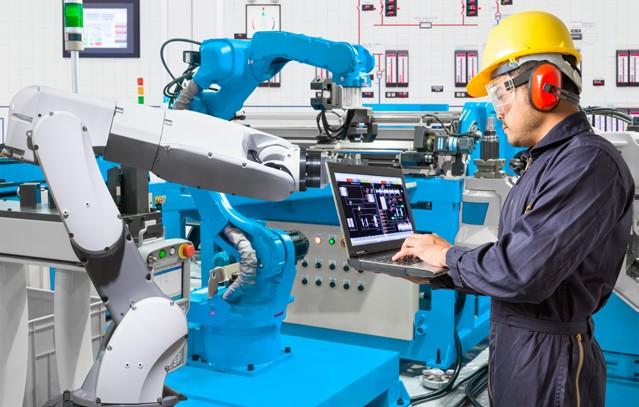Control, Instrumentation and Automation in the Process and Manufacturing Industries September 2020
www.controlengeurope.com
Empower innovative business models
Mobilising real-time remote operations Securing the IoT by design
Why bother with functional safety management?
The rise of the PAC









